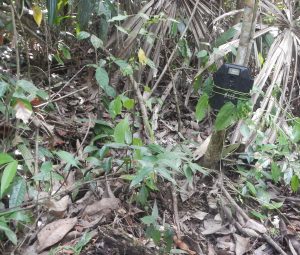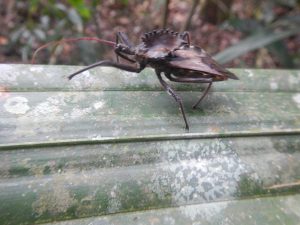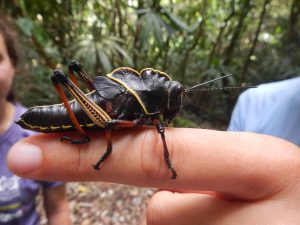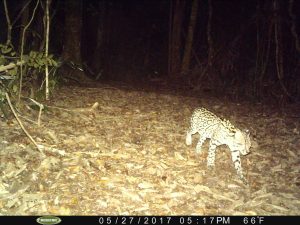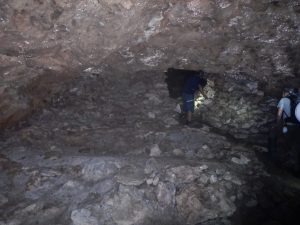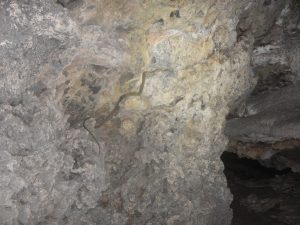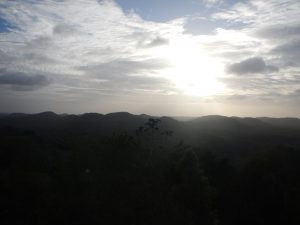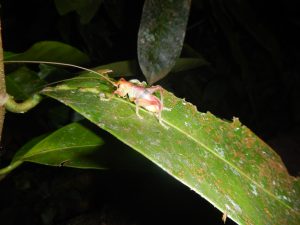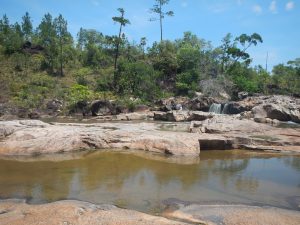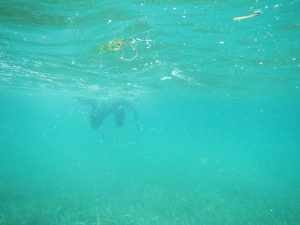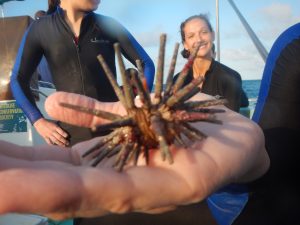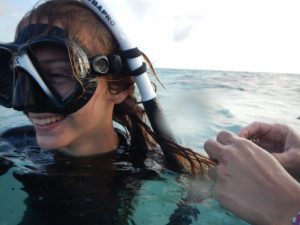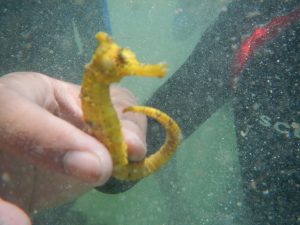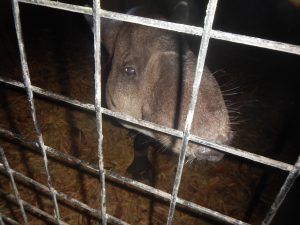Although our EBIO 319 class was clearly dividing into teams Surf and Turf, based on whether we had signed up predominately to go to the reef or to the rainforest, everyone was able to thoroughly enjoy themselves in both environments because there are quite a few similarities between them. The most obvious similarity is that both are hotspots for biodiversity. Both coral reefs and rainforests are (predominately) restricted to the Tropics, and both are highly dependent on water.
Additionally, nutrient input and cycling is critical to the stability and growth of both environments. Corals thrive in oligotrophic environments, and so they are dependent on nutrient-cycling symbionts. Tropical rainforests exist in nutrient-poor soils, and so the plant species are dependent on nutrient cycling.
Another similarity that I noticed is that it is quite difficult to traverse through either of these environments. When snorkeling on the reef, there would sometimes be spots with very little accommodation space and it was difficult to pass through without bumping into the corals. In the rainforest, when we left the trail the vegetation was often very dense. There would be lots of vines hanging down between the trees, and a lot of holes in the ground.
Additionally, you had to be careful moving through both of these environments because there were so many things that could hurt you. On the coral reef, this included anemones, fire coral, some hard corals, sharp shells, and jellies. In the rain forest, this included venomous snakes, acacia thorns, fire ants, and ticks.
I had a really good time during this course. The amount of work that it involved was much more than I expected, but during the course I didn’t worry about it too much. Going into the course, I didn’t really know what to expect about my classmates, but everybody was really cool and we got along really well. The rainforest’s appearance was not really what I expected but I think the reef did look like what I was expecting, probably just because I was more familiar with reefs going in. I was expecting Glover’s Atoll to be paradise, and it truly was.
My favorite part of the course was being able to see cool species up close. There were so many, but highlights included the green turtle, the seahorse, the Queen Angelfish, the tapir, and the scarlet macaws. Another one of my favorite things that we did was going into the caves. These sightings and experiences are things that I will never forget.
I think my least favorite part of the course was the fact that it was so windy during our time at Glover’s because as a result we never did get to go diving on the forereef or at night. My other least favorite part was probably the lionfish dissection because I just don’t like dissecting things in general.
One of the most important things I learned on this trip was that I definitely still want to try and go into marine biology and do real field work. Another thing I learned was that friendships form really quickly when a group of people are all working together on something they’re passionate about. Lastly, I learned that conservation work is really really complicated after hearing presentations from Alex of the Wildlife Conservation Society and Boris of Friends of Conservation. This stuck with me because I’m doing a policy internship this summer at a marine sanctuary, and as a result I’ve gotten a small glimpse of all that conservation actually involves in this particular environment.

